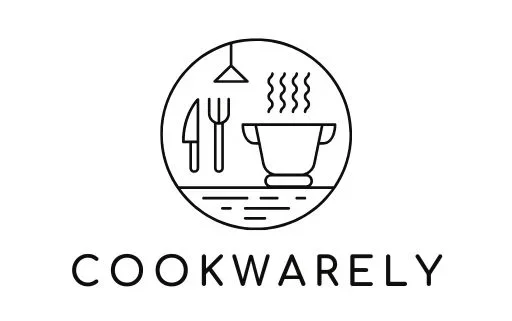How Pantry Organization Can Be Improved Easily
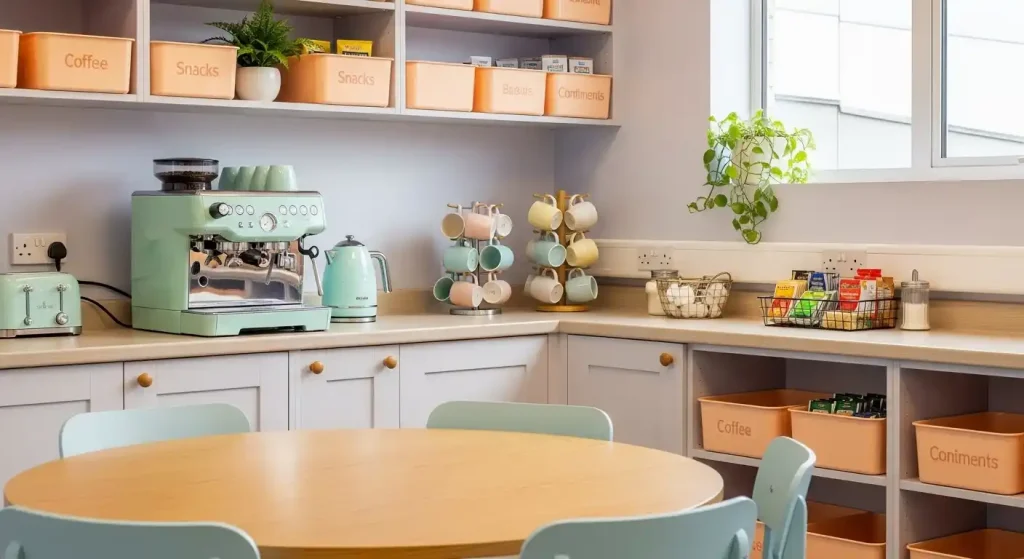
How Pantry Organization Can Be Improved: Simple Strategies
A well-organized pantry is more than just a tidy corner of your home or workplace—it’s the backbone of efficiency, productivity, and even creativity.
Whether you’re managing a kitchen pantry, a classroom snack station, or a workplace breakroom, improving pantry organization can save time, reduce waste, and make daily routines smoother.
In this guide, we’ll explore how pantry organization can be improved in different environments, from homes to schools to offices, while offering practical tips that can be applied anywhere.
🎃 Spooky Good Amazon Deals This Fall !
From cozy fall essentials to Halloween must-haves, shop Amazon’s seasonal discounts now. Don’t wait, deals vanish fast!
*As an Amazon Associate, I earn from qualifying purchases.
Why Pantry Organization Matters
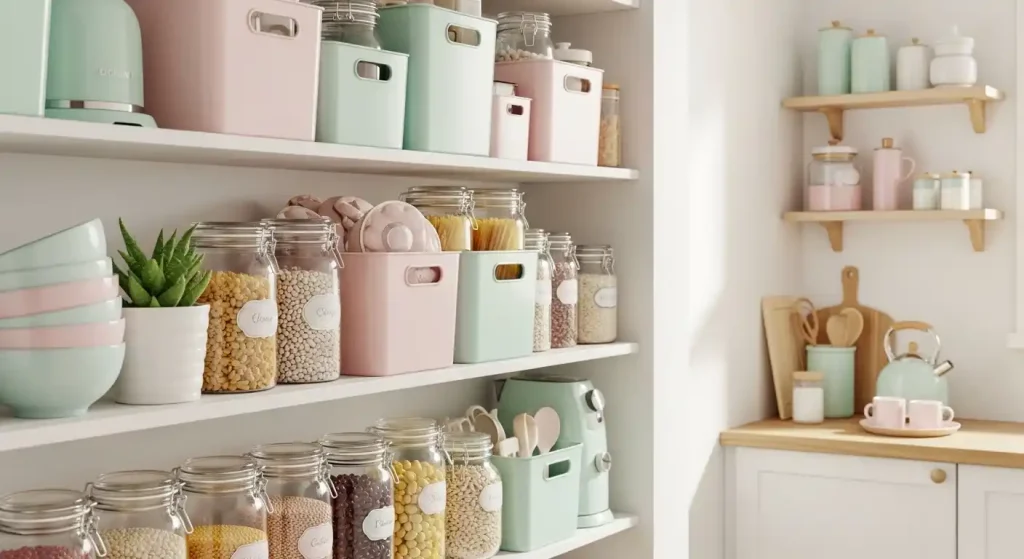
Pantry organization is about more than aesthetics. A cluttered pantry often leads to expired items, wasted money, and unnecessary stress.
On the other hand, a well-structured pantry creates a sense of order, making it easier to find what you need and encouraging healthier, smarter choices.
For example, grouping snacks in bins or using labeled jars can instantly transform chaos into clarity.
If you have limited space, strategies like narrow pantry organization or small pantry storage solutions can make even the tiniest pantry highly functional.
How Pantry Organization Can Be Improved in the Kitchen
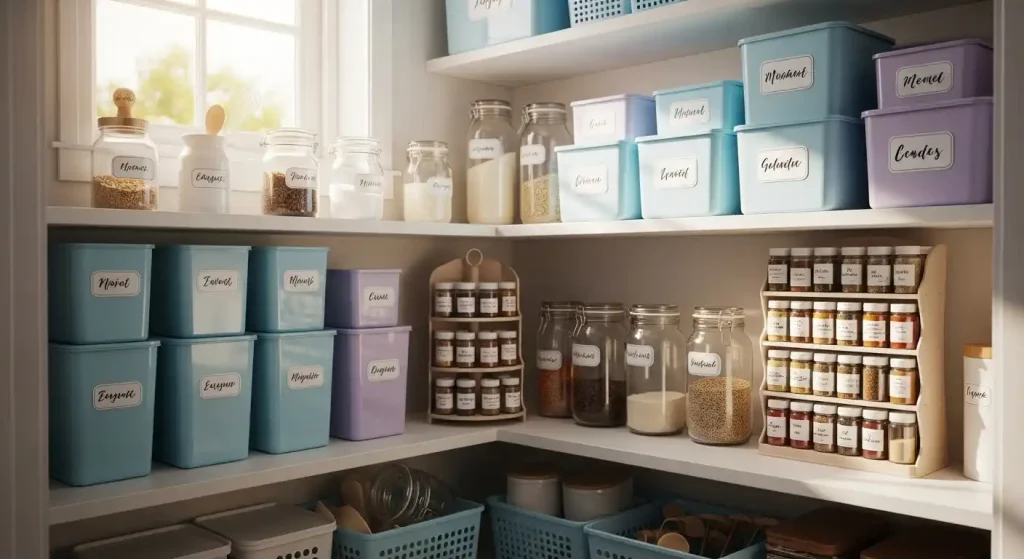
The kitchen is the most common place where pantry organization plays a crucial role.
Here, efficiency is everything—especially during busy meal prep times.
Start by categorizing items into zones: baking supplies, canned goods, grains, and snacks.
Clear containers and labels help you see what you have at a glance, while pantry cupboard organization ideas can maximize shelf space.
If you’re short on storage, consider pull-out pantry solutions or a kitchen cart for extra storage.
These flexible options allow you to expand your pantry without major renovations.
By creating a system that fits your cooking habits, you’ll not only save time but also reduce food waste.
How Pantry Organization Can Be Improved at Home
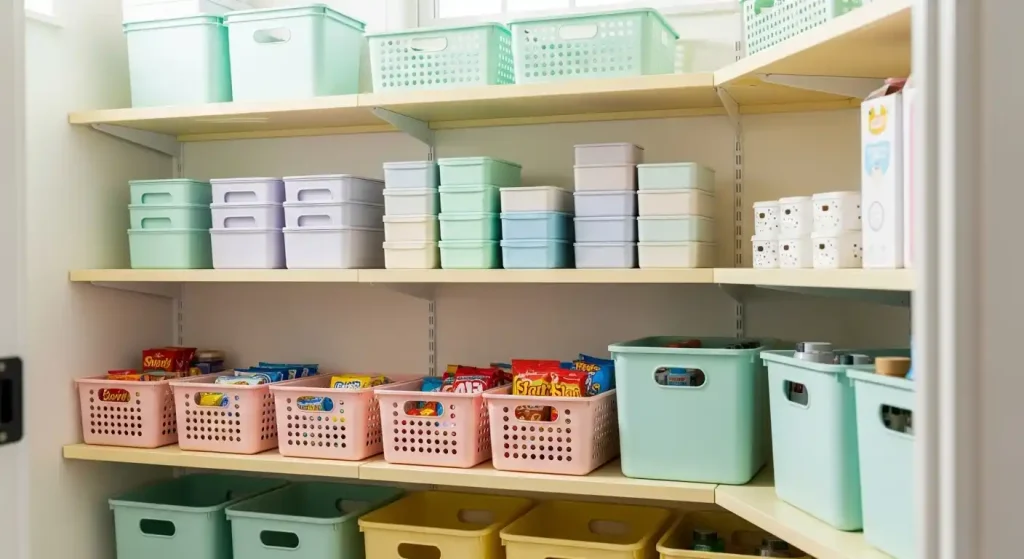
At home, the pantry often becomes a catch-all for snacks, cereals, and bulk items.
🎃 Spooky Good Amazon Deals This Fall !
From cozy fall essentials to Halloween must-haves, shop Amazon’s seasonal discounts now. Don’t wait, deals vanish fast!
*As an Amazon Associate, I earn from qualifying purchases.
The key here is accessibility for every family member.
Use clear bins for kids’ snacks, and place them on lower shelves so children can grab items independently.
For adults, stackable containers and pantry drawer organization ideas can keep dry goods neatly arranged.
If you’re lucky enough to have a walk-in pantry, consider creating zones for breakfast, dinner, and baking essentials.
This way, everyone knows where to look, which reduces clutter and confusion.
At home, pantry organization isn’t just about order—it’s about making the space work for your family’s daily rhythm.
How Pantry Organization Can Be Improved in the Workplace

Workplace pantries often become chaotic with shared snacks, coffee supplies, and lunch items.
The challenge lies in creating a system that multiple people can maintain.
Start with labeled zones: coffee station, snacks, utensils, and condiments.
Transparent bins or wire pantry organization ideas work well in communal spaces because they’re easy to clean and maintain.
Rotating stock is also essential—assign someone to check for expired items weekly. This prevents clutter and keeps the pantry fresh.
Creating a structured pantry in the workplace not only improves efficiency but also fosters a more pleasant breakroom environment.
🎃 Spooky Good Amazon Deals This Fall !
From cozy fall essentials to Halloween must-haves, shop Amazon’s seasonal discounts now. Don’t wait, deals vanish fast!
*As an Amazon Associate, I earn from qualifying purchases.
How Pantry Organization Can Be Improved in the Classroom
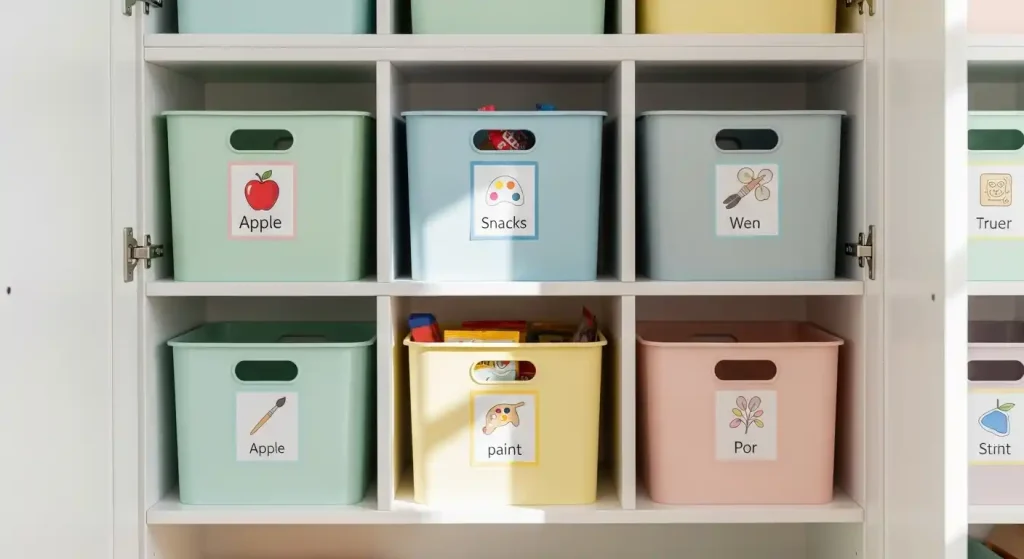
Classroom pantries, often used for snacks, art supplies, or learning materials, require a balance of accessibility and order.
Clear storage bins with labels are a teacher’s best friend.
For younger students, picture labels help them identify where items belong.
Open shelving or cabinet pantry organization can keep supplies visible while preventing clutter.
Rotating supplies seasonally also helps.
For example, keep art materials for current projects upfront, while storing less-used supplies in labeled containers higher up.
By organizing the classroom pantry effectively, teachers save time, reduce stress, and create a more engaging learning environment.
How Pantry Organization Can Be Improved in Schools
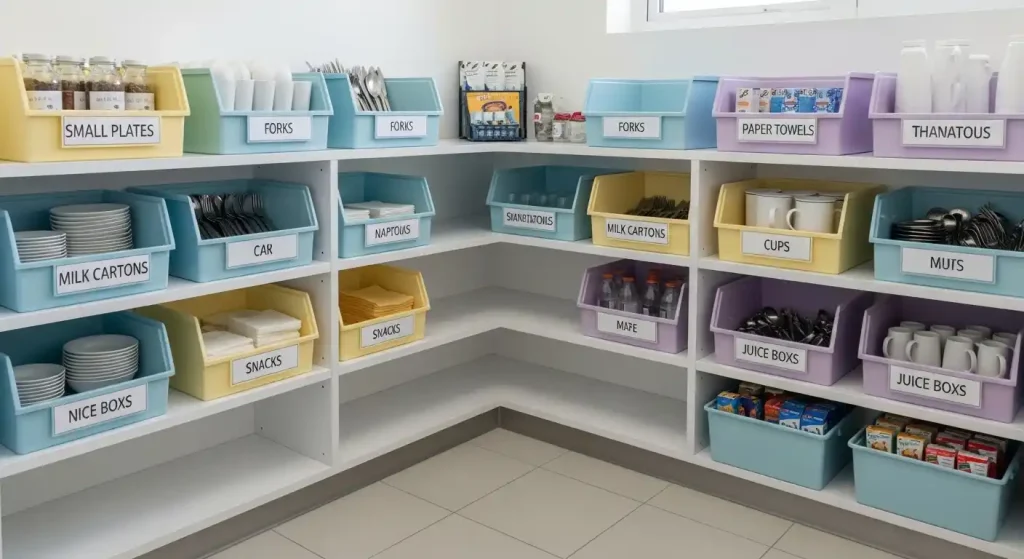
On a larger scale, school pantries often serve as storage for cafeteria supplies or food programs. Here, efficiency and hygiene are top priorities.
Bulk items should be stored in stackable bins or shelving units, with clear labeling for easy inventory management.
Using pantry organization ideas like color coding can make it easier for staff to quickly locate items.
🎃 Spooky Good Amazon Deals This Fall !
From cozy fall essentials to Halloween must-haves, shop Amazon’s seasonal discounts now. Don’t wait, deals vanish fast!
*As an Amazon Associate, I earn from qualifying purchases.
Schools can also benefit from implementing a “first in, first out” system to ensure food is used before it expires.
This not only reduces waste but also ensures students receive fresh, quality meals.
How Pantry Organization Can Be Improved at Work
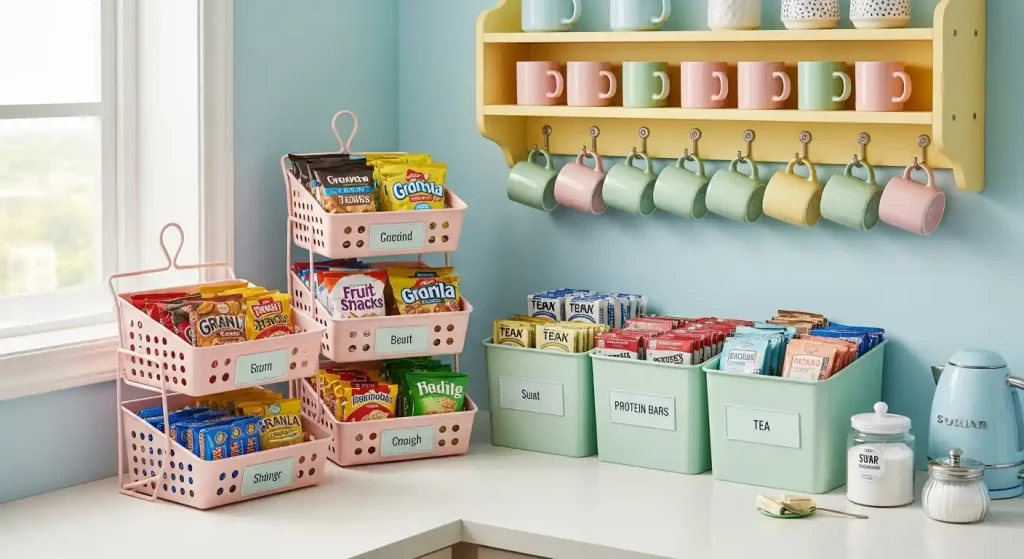
In office environments, pantry organization often overlaps with workplace breakrooms.
But beyond snacks and coffee, many workplaces now stock wellness items like teas, protein bars, and even fresh fruit.
To keep things orderly, use snack pantry organization solutions like tiered bins or baskets.
A kitchen wall rack can also be repurposed to hold mugs, utensils, or condiments, freeing up counter space.
Encouraging employees to clean up after themselves is key.
Posting simple guidelines near the pantry can help maintain order without feeling restrictive.
Smart Tools That Improve Pantry Organization
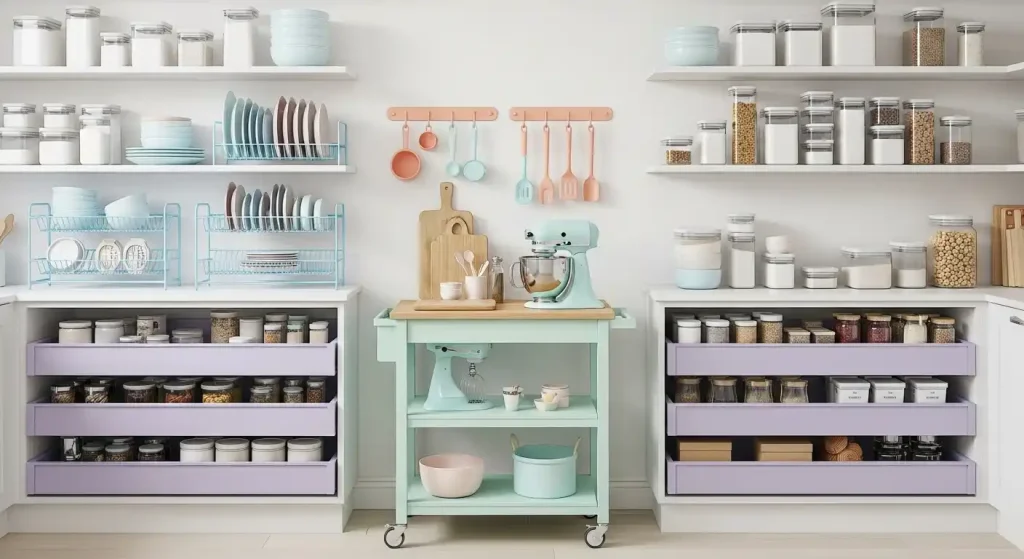
No matter the environment, the right tools make all the difference. Here are a few that work across the board:
- Clear containers: Perfect for visibility and freshness.
- Wire racks: Great for maximizing vertical space.
- Pull-out drawers: Ideal for deep cabinets.
- Hanging racks: Useful for mugs, utensils, or even small cookware (see hanging cookware ideas).
- Kitchen carts: Portable storage that doubles as extra counter space.
These tools not only improve functionality but also make it easier to maintain long-term organization.
Common Mistakes to Avoid
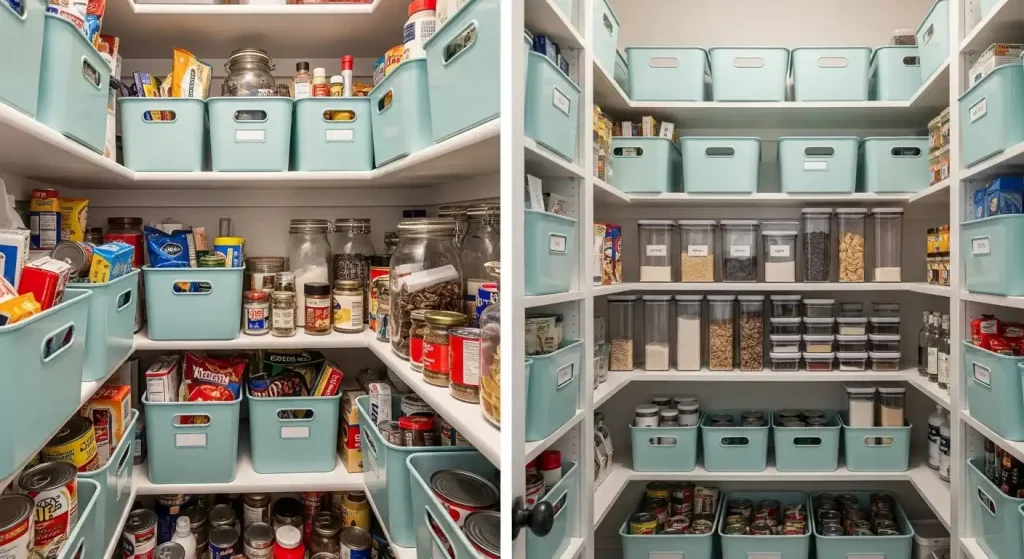
While it’s tempting to buy trendy storage bins, organization fails when systems don’t match your habits.
For example, if you prefer quick access to snacks, stacking containers too high may discourage use.
🎃 Spooky Good Amazon Deals This Fall !
From cozy fall essentials to Halloween must-haves, shop Amazon’s seasonal discounts now. Don’t wait, deals vanish fast!
*As an Amazon Associate, I earn from qualifying purchases.
Another mistake is overstocking. Even with clever pantry drawer solutions, too many items create clutter.
Stick to what you use regularly, and donate or discard the rest.
Finally, avoid skipping labels. Even if you think you’ll remember what’s inside, labels make it easier for everyone else who uses the pantry.
Final Thoughts on How Pantry Organization Can Be Improved
Whether at home, in schools, or in the workplace, pantry organization is about creating systems that are simple, sustainable, and tailored to your needs.
From small pantry solutions to large-scale school storage, the same principles apply: categorize, label, and make items accessible.
By applying these strategies, you’ll not only improve efficiency but also create spaces that feel calmer and more inviting.
The next time you ask yourself how pantry organization can be improved, remember—it’s less about perfection and more about building a system that works for you.
